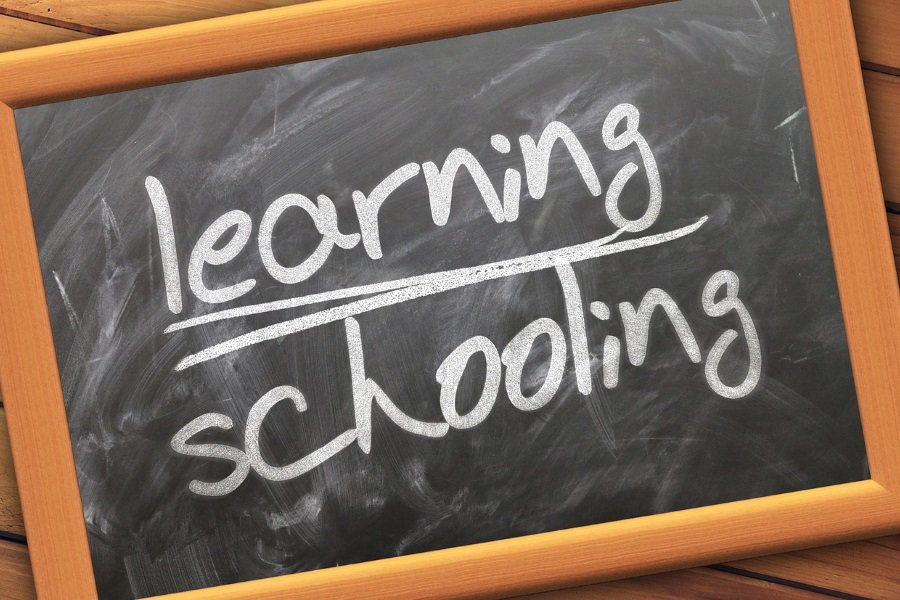Dyslexia can be described as a learning disability which prevents a person from reading, writing, spelling and even speaking sometimes. It is an impairment that is easy to find in children and it can last throughout the person’s life. The categories of this disability range from mild to severe; the earlier it is treated in a child, the better the results that are obtained. The condition is caused by the brain’s inability to translate or convert images or sensory impulses received from the eyes or ears into useful understandable information or language.
Dyslexia can go unnoticed in the early schooling grades of a child. This becomes manifested later by frustration as a result of difficulty in learning to read and even speak. Often times signs of depression and low self esteem may follow along with several other behavioural issues – both in school and at home. Most children having this condition tend to have a dislike for school and become unenthusiastic.
Different types of dyslexia
Trauma dyslexia normally occurs as a result of trauma or injury to the area of the brain that controls learning processes like reading and writing.
Primary dyslexia can be caused by impairment of the cerebral cortex and it does not improve with age. People having this type of dyslexia rarely do well in school and may have challenges with reading, writing and speech even as adults.
Secondary dyslexia is caused by hormonal development during pregnancy. As the child grows up, it reduces in severity and eventually it goes away.
Parents should always consult a psychologist or their doctor whenever such signs are observed to help get the support and tools they need for their children!


[…] A diagnosis of a learning disability is only a diagnosis. It doesn’t set in stone the path your child will take through their educational career or their life. You have the opportunity to help direct that path and the best way to go about it is by working with the system to create the results you want—and doing it with a positive attitude. Your child’s teacher and school will want to see your child excel as much as you do, it’s your job to share some of your tools for getting them there. […]